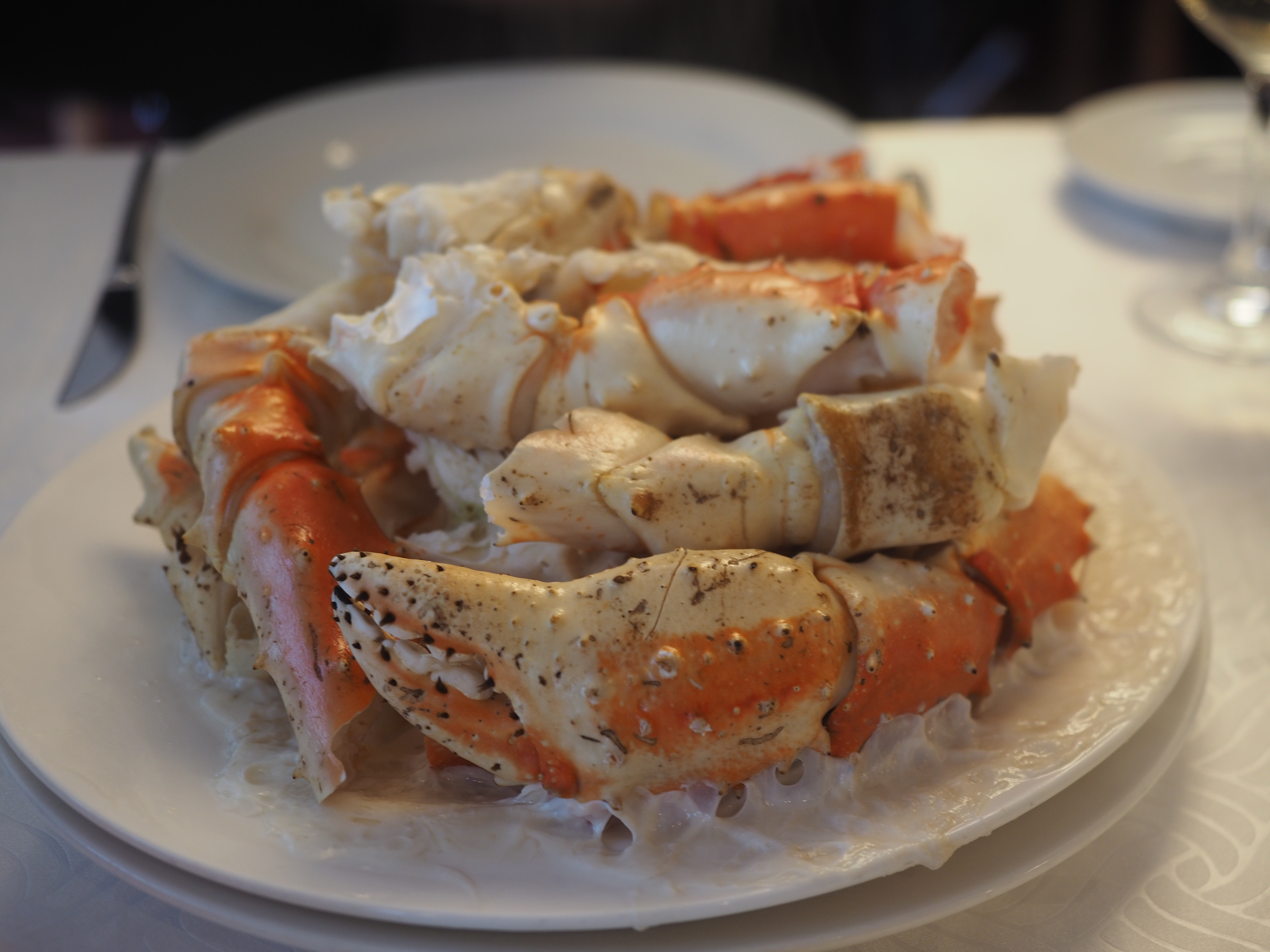|
Lopholithodes
''Lopholithodes'' is a genus of king crab. It includes ''Lopholithodes foraminatus'' (the brown box crab The brown box crab (''Lopholithodes foraminatus'') is a king crab that lives from Prince William Sound, Alaska to San Diego, California, at depths of . It reaches a carapace length of and feeds on bivalves and detritus. The box crab gets its na ...) and ''Lopholithodes mandtii'', the Puget Sound king crab. References King crabs {{crab-stub ... [...More Info...] [...Related Items...] OR: [Wikipedia] [Google] [Baidu] |
Puget Sound King Crab
The Puget Sound king crab (''Lopholithodes mandtii''), is a species of king crab which inhabits the oceans of the Pacific coast of North America from Alaska to central California. Adults are orange, red and purple in color, while juveniles are either mostly orange or have small blotches of red and purple. They can be recognized by their blunt bumps on their carapace. Puget Sound king crabs are larger than the similar brown box crab, with an average size of 6–10 inches. Description The Puget Sound king crab, which has the scientific name ''Lopholithodes mandtii'', is an uncommon species of crab with distinct features that can be found on the West Coast of the United States; from Alaska to Central California. Juvenile Puget Sound king crabs are primarily orange with some patches of red and purple. As they grow into adulthood, the ''L. mandtii'' form a more mixed shell color of red, orange, and purple. They can also grow to be an average size of 6–10 inches, with a carapace, or ... [...More Info...] [...Related Items...] OR: [Wikipedia] [Google] [Baidu] |
Brown Box Crab
The brown box crab (''Lopholithodes foraminatus'') is a king crab that lives from Prince William Sound, Alaska to San Diego, California, at depths of . It reaches a carapace length of and feeds on bivalves and detritus. The box crab gets its name from a pair of round tunnel-like openings that form between the claws and adjacent legs when the animal folds its limbs up against its body. Both claws, and their adjacent legs, have matching half-circle notches in them that line up to create a circle-shaped opening when the limbs are tightly pulled against one another. This tubular round opening is called a foramen. The crab often lies buried in the sediment, and the two foramens in the chelipeds allow water into the gill chamber for respiration. The gill chamber is also sometimes used by the commensal fish ''Careproctus ''Careproctus'' is a genus of snailfishes found in benthic and benthopelagic habitats in the Atlantic, Pacific, Arctic and Southern Oceans. Whether they truly ... [...More Info...] [...Related Items...] OR: [Wikipedia] [Google] [Baidu] |
King Crab
King crabs are a taxon of decapod crustaceans chiefly found in cold seas. Because of their large size and the taste of their meat, many species are widely caught and sold as food, the most common being the red king crab (''Paralithodes camtschaticus''). King crabs are generally thought to be derived from hermit crab-like ancestors within the Paguridae, which may explain the asymmetry still found in the adult forms. This ancestry is supported by several anatomical peculiarities which are present only in king crabs and hermit crabs. Although some doubt still exists about this hypothesis, king crabs are the most widely quoted example of carcinisation among the Decapoda. The evidence for this explanation comes from the asymmetry of the king crab's abdomen, which is thought to reflect the asymmetry of hermit crabs, which must fit into a spiral shell. Controversial taxon Although formerly classified among the hermit crabs in the superfamily Paguroidea, king crabs are now place ... [...More Info...] [...Related Items...] OR: [Wikipedia] [Google] [Baidu] |
Johann Friedrich Von Brandt
Johann Friedrich von Brandt (25 May 1802 – 15 July 1879) was a German-Russian naturalist, who worked mostly in Russia. Brandt was born in Jüterbog and educated at a gymnasium in Wittenberg and the University of Berlin. In 1831 he emigrated to Russia, and soon was appointed director of the Zoological Museum of the St Petersburg Academy of Sciences. Brandt encouraged the collection of native animals, many of which were not represented in the museum. Many specimens began to arrive from the expeditions of Severtzov, Przhevalsky, Middendorff, Schrenck and Gustav Radde. He described several birds collected by Russian explorers off the Pacific Coast of North America, including Brandt's cormorant, red-legged kittiwake and spectacled eider. As a paleontologist, Brandt ranks among the best. He was also an entomologist, specialising in Coleoptera (beetles) and Diplopoda (millipedes). He died in Merreküll, Governorate of Estonia. He is also commemorated in Brandt's bat, Brandt's ... [...More Info...] [...Related Items...] OR: [Wikipedia] [Google] [Baidu] |
Genus
Genus ( plural genera ) is a taxonomic rank used in the biological classification of living and fossil organisms as well as viruses. In the hierarchy of biological classification, genus comes above species and below family. In binomial nomenclature, the genus name forms the first part of the binomial species name for each species within the genus. :E.g. '' Panthera leo'' (lion) and '' Panthera onca'' (jaguar) are two species within the genus ''Panthera''. ''Panthera'' is a genus within the family Felidae. The composition of a genus is determined by taxonomists. The standards for genus classification are not strictly codified, so different authorities often produce different classifications for genera. There are some general practices used, however, including the idea that a newly defined genus should fulfill these three criteria to be descriptively useful: # monophyly – all descendants of an ancestral taxon are grouped together (i.e. phylogenetic analysis should c ... [...More Info...] [...Related Items...] OR: [Wikipedia] [Google] [Baidu] |


